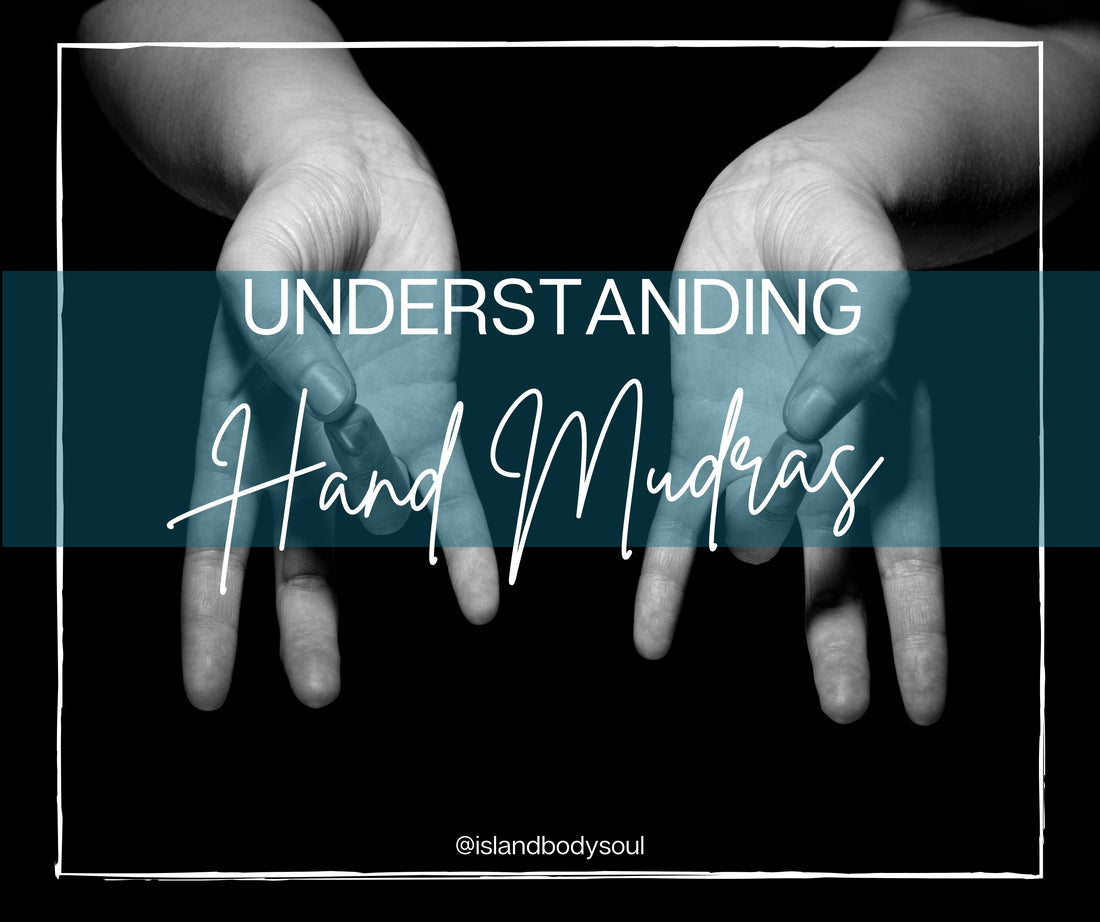Mudras, also known as gestures, marks or seals, have been used for thousands of years in various religions, spiritual practices and meditation techniques. The intention is to focus energy, promote healing, enhance spiritual connection and psychic abilities.
Here are some benefits of practicing hand mudras:
- Enhancing Concentration: Different hand mudras involve pressing or touching specific points on the hands, which stimulates corresponding areas in the brain. This, in turn, helps improve focus, concentration, and mental clarity.
- Balancing Energy Flow: Hand mudras are believed to help regulate the flow of Prana or Life Force Energy in the body. By pressing specific points or holding specific hand positions, the energy pathways are influenced, leading to a balanced flow of energy throughout the body.
- Relaxation and Stress Reduction: Certain hand mudras, such as the Gyan Mudra (touching the thumb and index finger) or the Shuni Mudra (thumb and middle finger touching), are considered to be calming and relaxing. Practicing these mudras can help reduce stress, anxiety, and promote overall relaxation.
-
Improved Physical Health: Hand mudras can have a positive impact on physical health. For instance, the Prana Mudra (connecting the thumb with the ring and little finger) is believed to improve vitality and boost the immune system. The Vayu Mudra (pressing the index finger on the base of the thumb) can help alleviate gas-related issues and promote digestion.

- Emotional and Mental Well-Being: Hand mudras are also believed to influence emotions and mental states. For example, the Varun Mudra (touching the tip of the little finger to the tip of the thumb) is associated with the water element and is said to enhance communication, creativity, and emotional balance.
- Spiritual Connection: Hand mudras play a significant role in various spiritual practices by helping individuals connect with their higher selves or the divine. They can aid in deepening meditation, expanding consciousness, and cultivating a greater sense of inner peace and spirituality.
It is important to note that while hand mudras have been practiced for centuries and are believed to offer many benefits, their effectiveness may vary from person to person. It is advisable to learn and practice hand mudras under the guidance of an experienced teacher or practitioner.
What Are the Mudras and What Do They Do?
There are several hand mudras, also known as gestures or seals, that are commonly practiced in yoga and meditation. Here are some of the main ones along with their meanings:
- Gyan Mudra (Gesture of Knowledge): This mudra is formed by touching the tip of the index finger to the tip of the thumb while keeping the other fingers extended. It symbolizes wisdom, clarity, and spiritual knowledge.
- Varun Mudra (Gesture of Water): In this mudra, the tip of the little finger is touched to the tip of the thumb while the other fingers remain straight. It represents fluidity, intuition, and emotional balance.
- Prithvi Mudra (Gesture of Earth): This mudra is formed by touching the tip of the ring finger to the tip of the thumb while keeping the other fingers extended. It signifies stability, grounding, and connection to the Earth.
- Vayu Mudra (Gesture of Air): In this mudra, the index finger is pressed against the base of the thumb, while the thumb gently presses against it. It promotes relaxation, calmness, and clearing of mental blockages.
- Shunya Mudra (Gesture of Emptiness): This mudra is created by folding the middle finger and placing the thumb gently over it. It is believed to alleviate ear problems, while also representing emptying the mind and opening up to new possibilities.
- Apana Mudra (Gesture of Energy): In this mudra, the tip of the ring finger and the little finger are touched to the tip of the thumb, while the other fingers remain extended. It aids in detoxification, revitalizes energy, and promotes elimination.
These mudras can be held for a few minutes during meditation or incorporated into yoga postures to enhance the intended effects. It is advisable to learn and practice mudras under the guidance of an experienced teacher or practitioner.
Book a personalized guided meditation here >







